If your dog seems distracted, disobedient, or just downright wild despite your best efforts, the issue might not be your dog — it could be your equipment.
Whether you're raising a new puppy or trying to correct long-term behavioral issues, the tools you use during training can make or break your progress. But with so many options available, from harnesses to e-collars to clickers, how do you know what actually works?
Let’s break it down.
 Essential Dog Training Equipment Every Owner Should Know About
Essential Dog Training Equipment Every Owner Should Know About
Here are the must-have tools that professional trainers and experienced owners swear by:
1. Training Collars and Harnesses
-
Flat collars are good for ID tags but not ideal for serious training.
-
Martingale collars provide gentle control for dogs that slip out of flat collars.
-
No-pull harnesses help redirect leash pullers without choking them.
-
Head halters give you control of your dog’s head (great for large breeds).
🛠️ Tip: Always pair these with positive reinforcement, not punishment.
2. Leashes
-
Standard 4–6 ft leash: Best for daily walks and obedience training.
-
Long line leash: Perfect for recall training and outdoor practice.
-
Retractable leashes: Avoid for training — they can teach your dog to pull.
3. Clickers and Target Sticks
Clicker training helps reinforce specific behaviors with a consistent sound. Target sticks are great for teaching tricks and precise movements.
💡 Helpful Note: Clicker training is most effective when used consistently and immediately followed by a treat.
4. Treat Pouches and Rewards
Keep high-value treats easily accessible during training to reward quickly and consistently. Some treat pouches also hold poop bags and clickers for convenience.
5. Muzzle (for Safety)
If your dog reacts aggressively or nervously in new situations, a basket muzzle may help keep everyone safe during training sessions.
 Frequently Asked Questions
Frequently Asked Questions
🦴 What is the best dog training equipment for beginners?
Start with a basic no-pull harness, a 6-ft leash, and a clicker. These are versatile, gentle, and work for most dog sizes and temperaments.
🦴 Are training collars safe?
When used correctly, yes. Martingales and head halters are generally safe. Avoid prong or shock collars unless guided by a professional trainer.
🦴 Should I use treats in every training session?
Yes, especially early on. As your dog progresses, you can phase out food and use praise, toys, or playtime instead.
🦴 How often should I replace dog training equipment?
Inspect gear regularly. Replace worn, frayed, or broken items immediately to prevent accidents or injuries.
Final Thoughts
Using the right dog training equipment can accelerate progress, improve communication, and make your training journey more enjoyable for both you and your pup. Don’t let poorly chosen tools hold you back.
Start with the basics, build your toolkit as needed, and remember: training should always be positive, patient, and consistent.

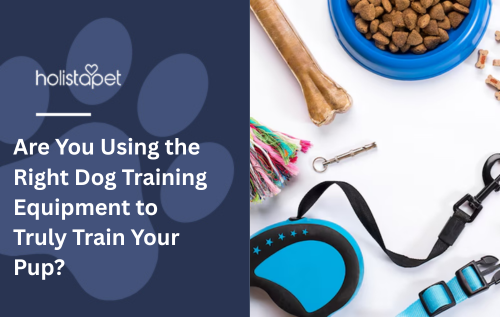
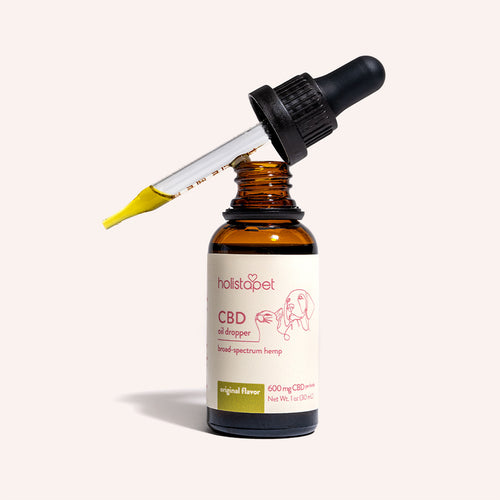 CBD Oil for Dogs - Fast Acting
CBD Oil for Dogs - Fast Acting
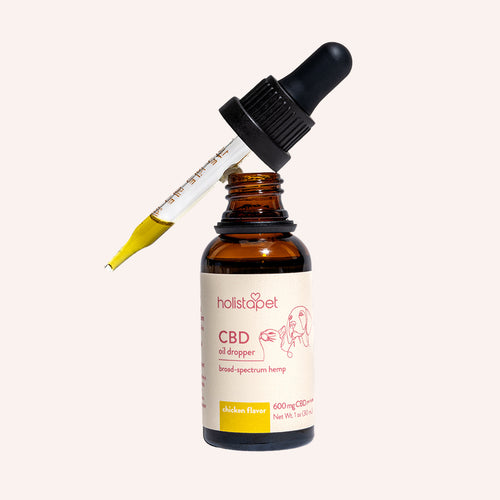 Chicken Flavored CBD Oil For Dogs - Easy Dose
Chicken Flavored CBD Oil For Dogs - Easy Dose
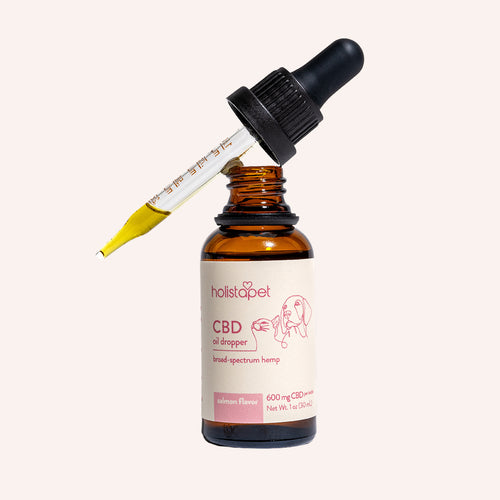 Salmon Flavored CBD Oil For Dogs - Highly Rated
Salmon Flavored CBD Oil For Dogs - Highly Rated
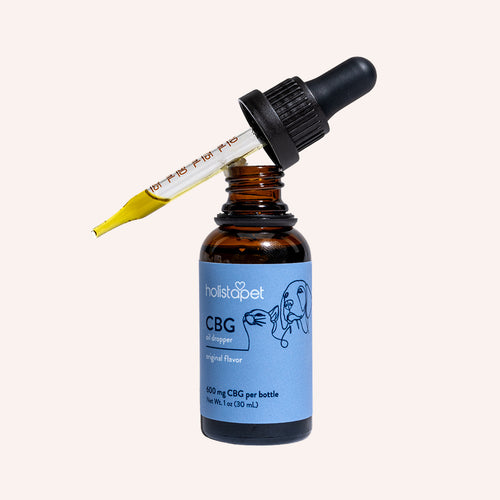 CBG Oil for Dogs and Cats - Loved by Thousands
CBG Oil for Dogs and Cats - Loved by Thousands


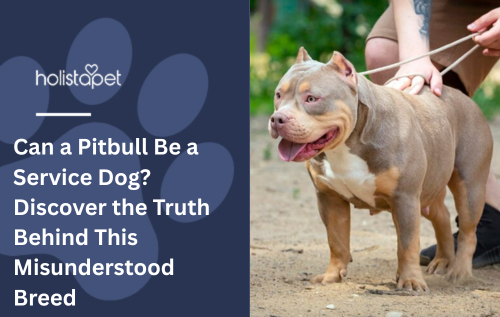


Leave a comment
This site is protected by hCaptcha and the hCaptcha Privacy Policy and Terms of Service apply.